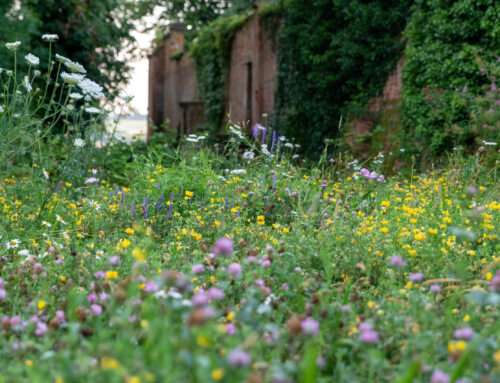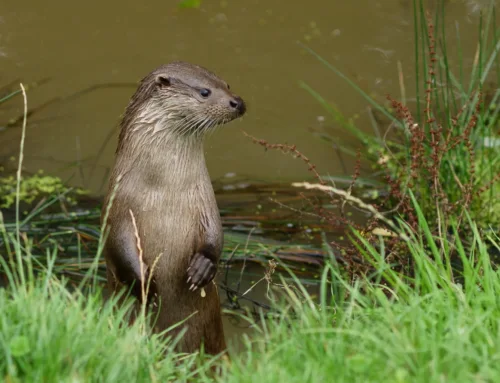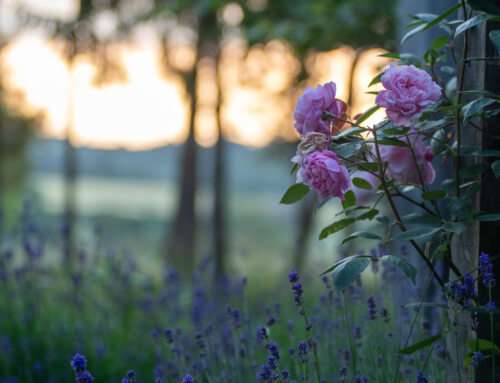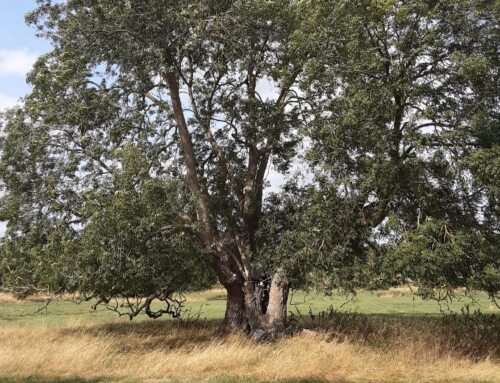The Mighty World of Seeds
By Libby Reeves
Seeds are nearly always taken for granted. We buy packets and lose them down the back of a cupboard, the dog chews the packet, or a gust of wind carries them to areas where we don’t want or need them. We plant them out in little lines then go along a few weeks later and pull half of them out as we have ‘too many in a row’. The wildflower seeds that get into beds and borders are then ripped away in a scary process called ‘weeding’ that neither we nor the plants enjoy. We put seeds out on the bird table, but this time we refer to it as ‘food’. None of this takes into appreciation that each of these tiny crumbs is a miracle. The formation of a chance encounter, setting a chain of chemical motions in action to create a whole new plant. Or at least, the possibility of one.
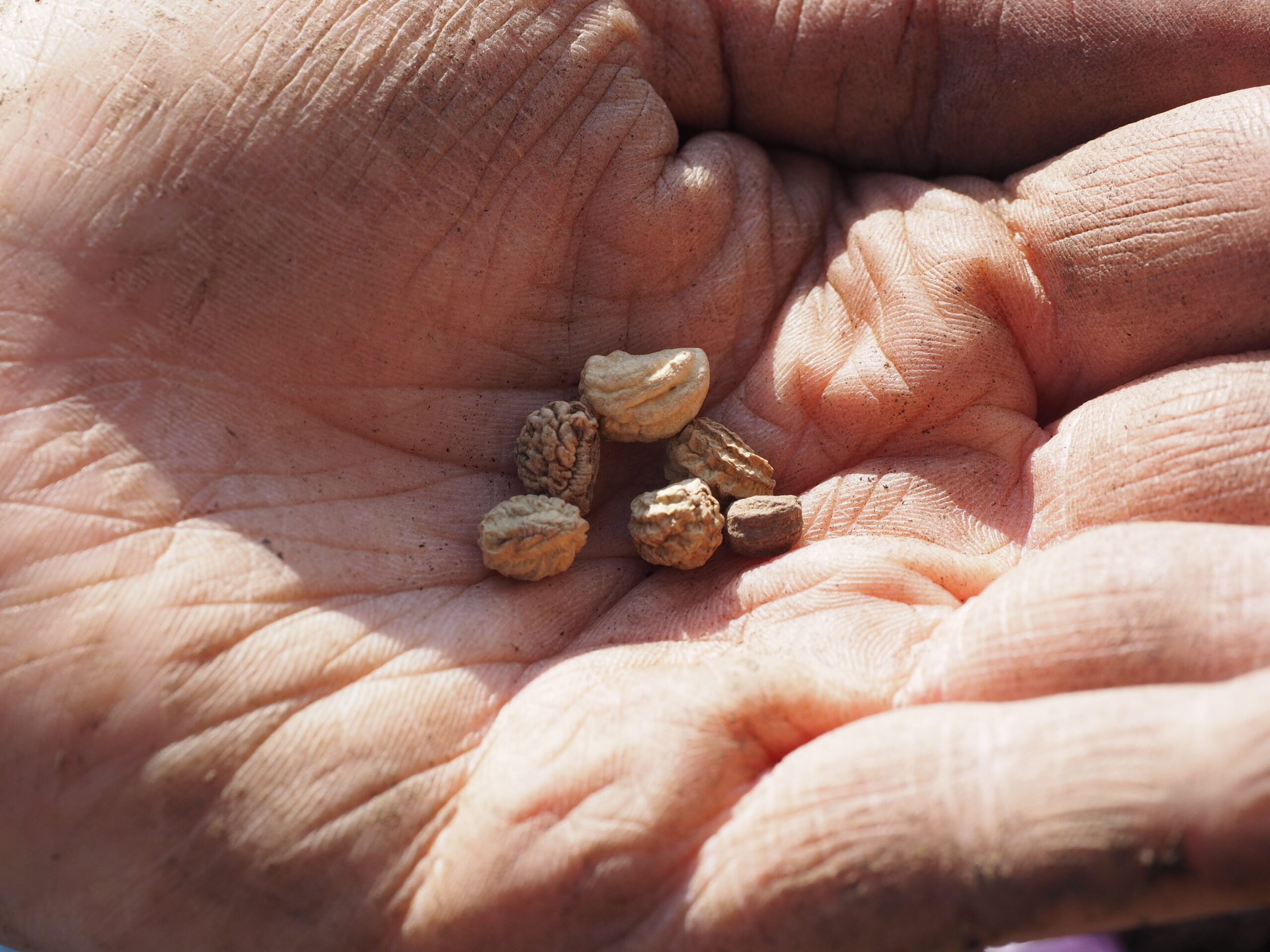
Like (almost) any living organism, plants have the capability to reproduce. On the whole, this involves replicating their own DNA and mixing it with other individuals of the same species to create a new individual. Passing on their own genetic information, just the same as with a person, a dog, or a bird. The mechanism behind this is very different however, as plants are unable to move to meet their prospective other half, the genetic information needs another method to move from one plant to another. This process known as pollination, for flowering plants, happens either by wind or an animal vector, such as a bee, a hummingbird, or a bat.
Most animals are free to travel far and wide to reproduce. Insects and birds can fly away from their nests, fish can swim to new waters, and mammals can usually walk. In the case of human mammals, we can get on a plane and travel to the other side of the world if we wish. This, in turn, spreads the species’ genetic information far and wide and limits the chances of inbreeding. Plants, with roots in the ground, cannot do this; they must spread their genetic information in other ways. This is where pollen is produced and spread as far as possible. Wind is an important method of pollen dispersal, and the flowers of plants that use the wind to pollinate are adapted to suit this. The male and female parts of the plant are outside the main flower to allow for easy removal, very large quantities of pollen are produced, and the pollen grains are very light to allow for the air currents to pick them up. If the flower is to be animal pollinated, the flowers are often coloured and scented to attract them. The colour and the scent changes depending on the pollinator and species are often specific to one type, such as lavender and bees.
A plant will usually create many seeds. This allows for the inevitability that some will not make it into fully grown plants. Seeds may land on areas of rock, get too wet in winter, or the seed may germinate, and the young plant gets destroyed before they reach reproductive maturity. The excess of seeds then allows for this process in the hope that one or two will grow and survive on their own.
It is detrimental for the seeds to grow too close to the parent plant. This is particularly significant in the case of larger trees, where if the seedling germinates close to the base of the tree they are in competition for water, light, and nutrients. Some species have evolved a mechanism to combat this. The roots emit a chemical which kills off plants that try and live close by. This is called allelopathy. This prevents competition from local plants and limits the possibility of inbreeding which in turn, weakens the species’ local population.

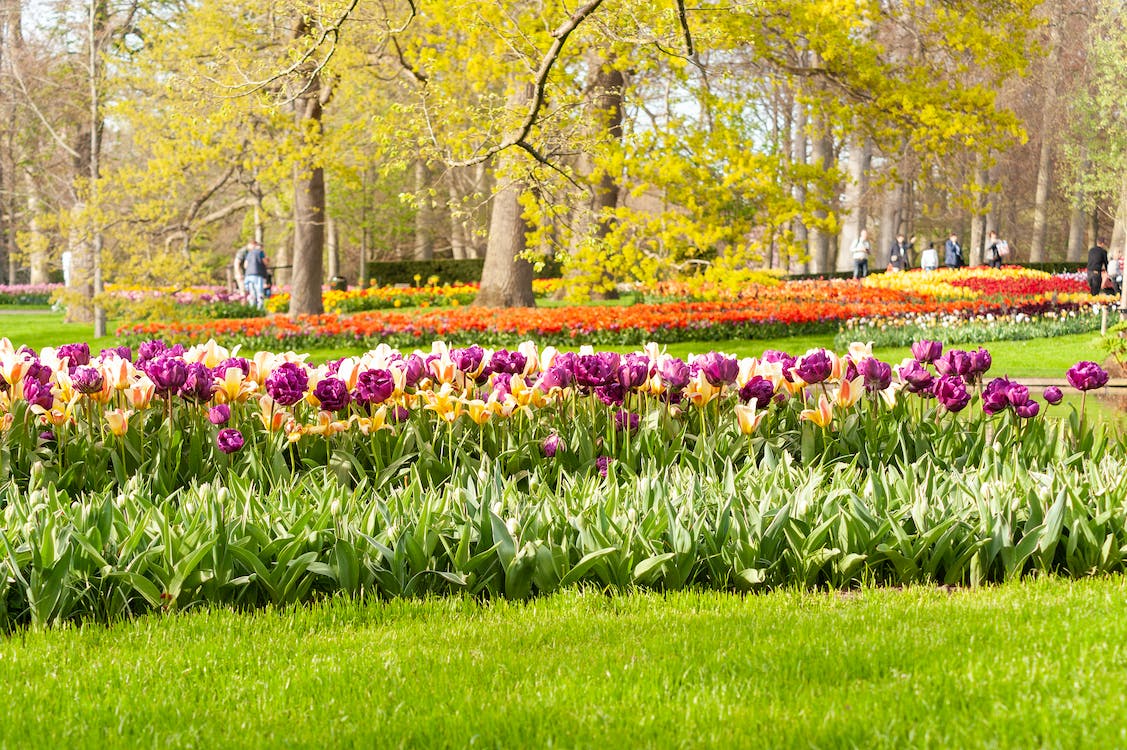
A seed is formed when a pollen grain fertilises an egg cell within the female part of a flower. This then initiates the fertilised egg cell to grow and mature, creating an embryo, as with animal fertilisation. The fertilised animal cell then continues to mature leading to birth; where a plant embryo grows to a certain point and then stops. This is referred to as dormancy and is one of the reasons that so many plant species are so successful. The seed develops a food source, a miniature version of itself, and a seed coat to protect and initiate dormancy. This dormant seed is then able to be moved to pastures new, where it can then germinate when conditions and situations are right, maximising the opportunity for a successful germination.
Seeds are amazing, but often plants do take some time to grow from a seed to something with more impact on the garden. Here at Nicholsons we specialise in trees and hedging where trying to grow them from seed will take many years for them to do the job that you would want them to do. We take the young plants and nurture them into something that will hopefully fulfill your requirements. Pop in and see if we can find a plant that will fit your garden needs.
